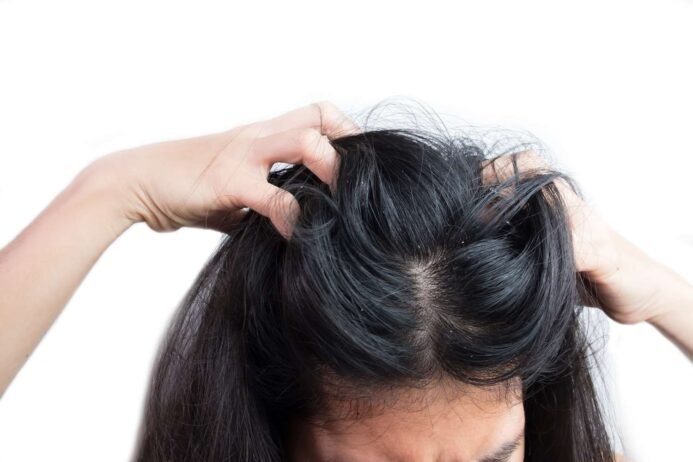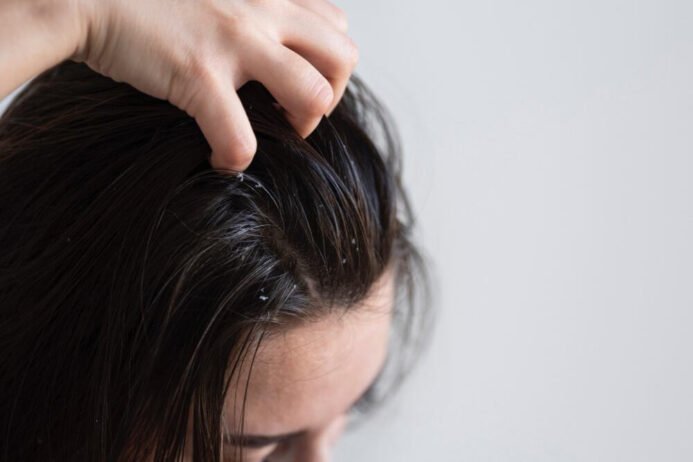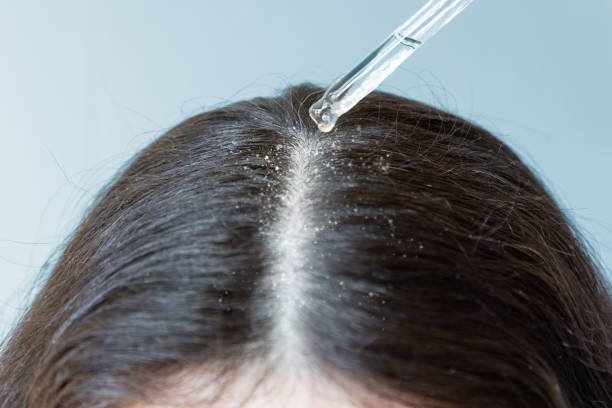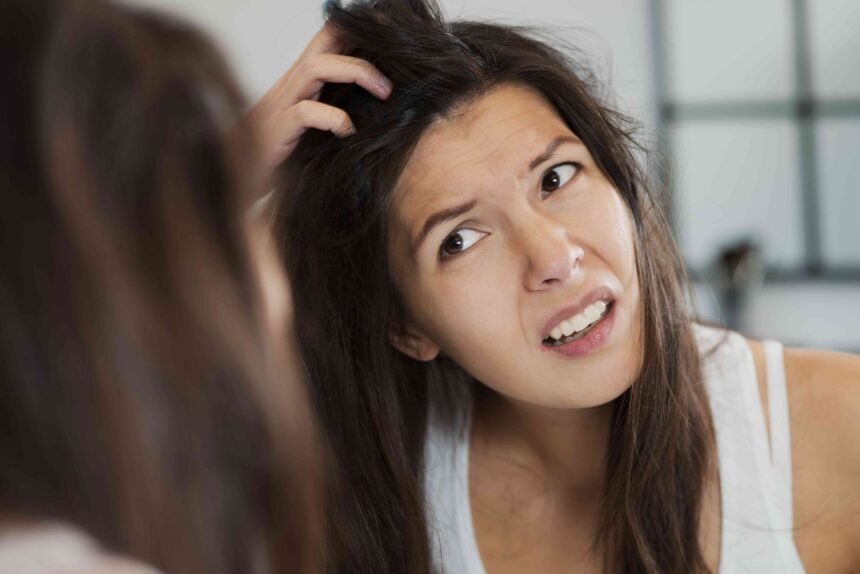Trichotillomania, often referred to as “hair-pulling disorder,” is a complex mental health condition that goes far beyond a simple bad habit. Characterized by an irresistible urge to pull out one’s hair—whether from the scalp, eyebrows, eyelashes, or other parts of the body—trichotillomania can lead to significant distress, physical consequences, and emotional turmoil. Despite its prevalence, the disorder is often misunderstood, leaving those affected feeling isolated or ashamed. To shed light on this condition, we spoke with Dr. Sarah Mitchell, a clinical psychologist specializing in body-focused repetitive behaviors (BFRBs), who offers insights into the causes, impacts, and treatment options for trichotillomania.
What is Trichotillomania?


Trichotillomania is classified as an obsessive-compulsive and related disorder in the Diagnostic and Statistical Manual of Mental Disorders (DSM-5). It involves recurrent, compulsive hair pulling that results in noticeable hair loss, often accompanied by repeated attempts to stop the behavior. According to Dr. Mitchell, “Trichotillomania is not about vanity or a lack of willpower. It’s a neurobiological condition driven by a combination of emotional, sensory, and cognitive factors.”
The disorder typically begins in late childhood or adolescence, though it can occur at any age. It affects approximately 1–2% of the population, with women being diagnosed more frequently than men, though this may reflect reporting biases. Hair pulling can occur in focused episodes, where individuals deliberately pull to relieve tension, or automatically, where they may not even be aware of the behavior until afterward.
Why It’s Not Just a “Bad Habit”


A common misconception about trichotillomania is that it’s merely a habit that can be stopped with enough effort. Dr. Mitchell emphasizes, “Calling trichotillomania a habit trivializes the experience. Habits are typically conscious and goal-directed, while trichotillomania involves an overwhelming urge that feels uncontrollable, often serving as a coping mechanism for stress, anxiety, or sensory needs.”
The urge to pull hair is thought to be linked to dysregulation in the brain’s reward and impulse-control systems. Neuroimaging studies, such as a 2023 study in Frontiers in Psychiatry, suggest that individuals with trichotillomania may have altered activity in areas like the prefrontal cortex and basal ganglia, which regulate impulse control and emotional processing. This makes stopping the behavior far more complex than simply “deciding” to quit.
Additionally, trichotillomania often co-occurs with other mental health conditions, such as anxiety disorders, depression, or other BFRBs like skin picking (excoriation disorder). “For many, hair pulling is a way to self-soothe or manage overwhelming emotions,” says Dr. Mitchell. “It’s not about wanting to harm oneself—it’s about seeking relief, even if it’s temporary.”
The Impact of Trichotillomania
The effects of trichotillomania extend beyond physical appearance. While noticeable hair loss can lead to embarrassment or social withdrawal, the emotional toll can be equally significant. Common impacts include:
- Emotional Distress: Feelings of shame, guilt, or frustration often accompany hair pulling, especially when individuals struggle to stop despite repeated efforts.
- Social Isolation: Fear of judgment or discovery may lead to avoiding social situations, wearing hats or wigs, or using makeup to conceal hair loss.
- Physical Consequences: Repeated pulling can cause scalp irritation, infections, or permanent hair loss in severe cases. Some individuals also experience repetitive strain injuries in their hands or arms.
- Impact on Daily Life: Time spent pulling or attempting to cover hair loss can interfere with work, school, or relationships.
Triggers and Patterns


Triggers for trichotillomania vary widely but often include:
- Emotional Triggers: Stress, anxiety, boredom, or anger can prompt pulling episodes.
- Sensory Triggers: The texture or appearance of certain hairs (e.g., coarse, curly, or “out of place” hairs) may trigger the urge to pull.
- Environmental Cues: Certain settings, like watching TV or reading, may lead to automatic pulling due to low awareness.
Treatment Options for Trichotillomania
While trichotillomania can be challenging to manage, effective treatments are available. Dr. Mitchell advocates for a comprehensive approach tailored to the individual’s needs. Common strategies include:
1. Cognitive Behavioral Therapy (CBT)
CBT, particularly a specialized form called Habit Reversal Training (HRT), is considered the gold standard for treating trichotillomania. HRT involves:
- Awareness Training: Helping individuals recognize when and why they pull.
- Competing Response Training: Teaching alternative behaviors, like squeezing a stress ball, to replace hair pulling.
- Stimulus Control: Modifying environments to reduce triggers, such as wearing gloves or covering mirrors.
A 2024 study in The Journal of Clinical Psychology found that HRT reduced hair-pulling severity by 60% in participants after 12 weeks.
2. Acceptance and Commitment Therapy (ACT)
ACT focuses on accepting difficult emotions rather than fighting them, while committing to value-driven actions. “ACT can help patients tolerate the urge to pull without acting on it,” says Dr. Mitchell. This approach is particularly useful for those with co-occurring anxiety or depression.
3. Medications
While no medication is specifically approved for trichotillomania, selective serotonin reuptake inhibitors (SSRIs) or N-acetylcysteine (NAC), a supplement that modulates glutamate levels, may reduce symptoms in some cases. Dr. Mitchell cautions, “Medications are most effective when combined with therapy, as they address underlying neurochemical factors but not the behavioral patterns.”
4. Sensory and Environmental Strategies
For those with sensory-driven pulling, tools like fidget toys, textured jewelry, or scalp massages can provide alternative sensory input. Environmental changes, such as dimming lights or avoiding trigger settings, can also help.
5. Support Groups and Community
Connecting with others through organizations like the TLC Foundation for Body-Focused Repetitive Behaviors can provide emotional support and practical tips. “Hearing from others who understand the struggle can be incredibly empowering,” says Dr. Mitchell.
Breaking the Stigma
One of the biggest barriers to seeking help for trichotillomania is stigma. Many individuals feel ashamed or fear being judged, which can delay treatment. Dr. Mitchell emphasizes, “Trichotillomania is a medical condition, not a personal failing. Seeking help is a sign of strength, not weakness.”
Public awareness is growing, thanks to advocacy efforts and increased research. Social media platforms, including X, have also become spaces for individuals to share their experiences and connect with others, reducing feelings of isolation.
Moving Forward
Trichotillomania is a complex disorder that requires understanding, compassion, and specialized care. While it’s not just a “bad habit,” it is manageable with the right tools and support. Dr. Mitchell encourages those affected to seek professional help: “You don’t have to face this alone. There are effective treatments, and recovery is possible.”
If you or someone you know is struggling with trichotillomania, start by consulting a mental health professional with experience in BFRBs. With patience and persistence, individuals can reduce hair pulling, rebuild confidence, and reclaim control over their lives.


